28 December 2024
Traveling the world allows you to experience new foods, cultures, and people. But let’s face it – we all want to capture those moments in the best possible way, right? Whether you're wandering through bustling city streets, lounging on tropical beaches, or exploring ancient ruins, you’ll want photos that do your experiences justice. Sometimes, though, the shots we click look pretty “meh” compared to how spectacular things are in real life. So how do you transform those ordinary travel photos into something truly extraordinary?
I’ve got you covered! In this article, I’m going to share practical, easy-to-follow photography tips that’ll turn your travel memories into jaw-dropping pictures, even if you’re just using your smartphone camera. Ready to elevate your travel photography game? Let’s dive in!
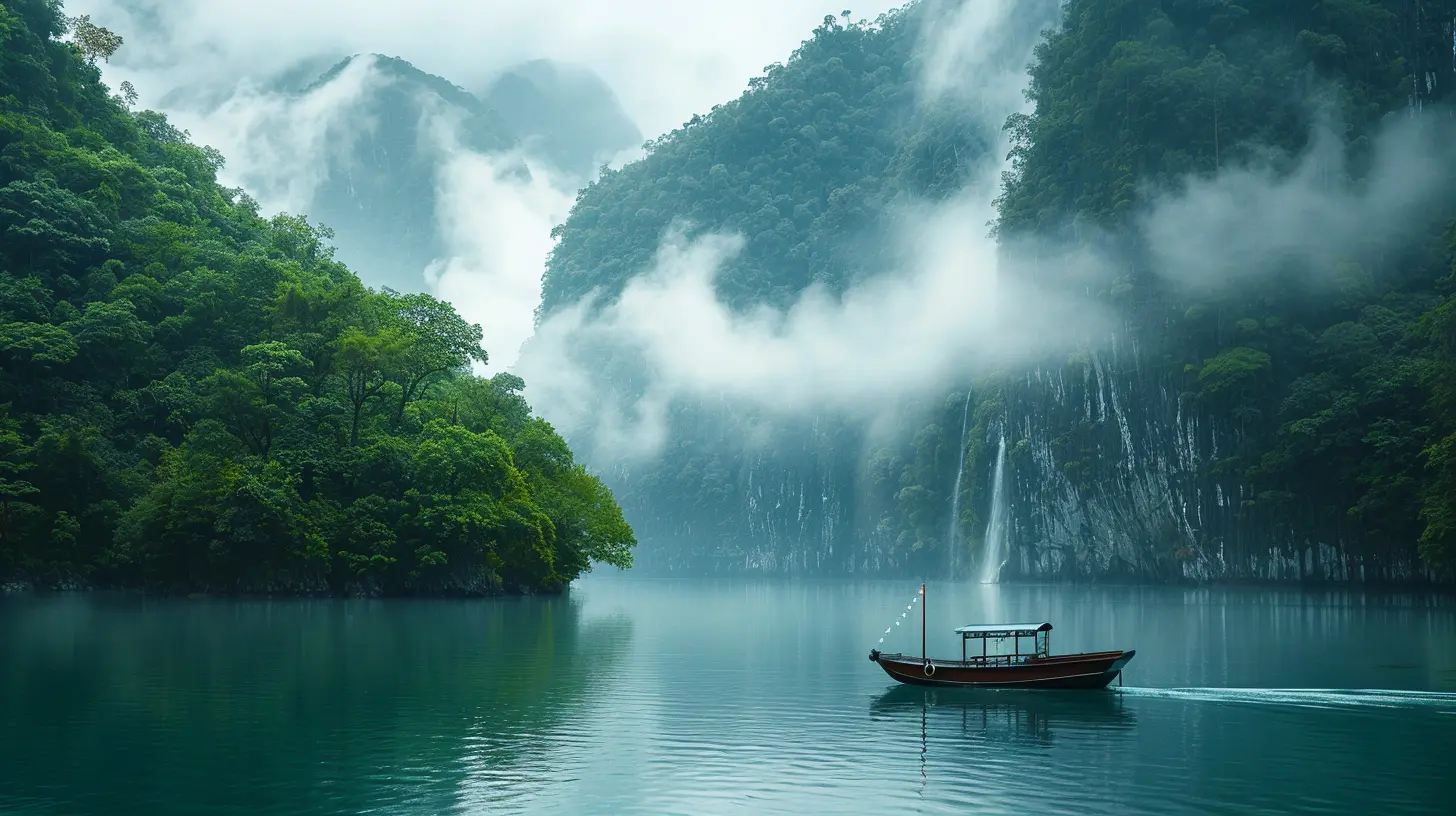
1. Master the Rule of Thirds
Ever hear of the rule of thirds? It’s super simple but changes everything. Imagine your camera’s screen split into three equal sections both horizontally and vertically, creating a grid of nine boxes. Now, rather than placing your subject smack dab in the center of the shot, position it along these lines or at their intersections. This trick adds balance and visual interest, instantly transforming your photo from dull to professional-looking.For example, let’s say you’re standing on a stunning beach. Instead of centering the horizon, lower it to the bottom third of your frame and let the sky dominate. Or, if a charming local market catches your eye, place the fruit vendor along one of these imaginary lines instead of in the middle. Your photos will suddenly feel more intentional and interesting.
Quick Tip:
Most smartphones and cameras have a grid feature that can be turned on in the settings. Turn it on and let the grid guide your shots!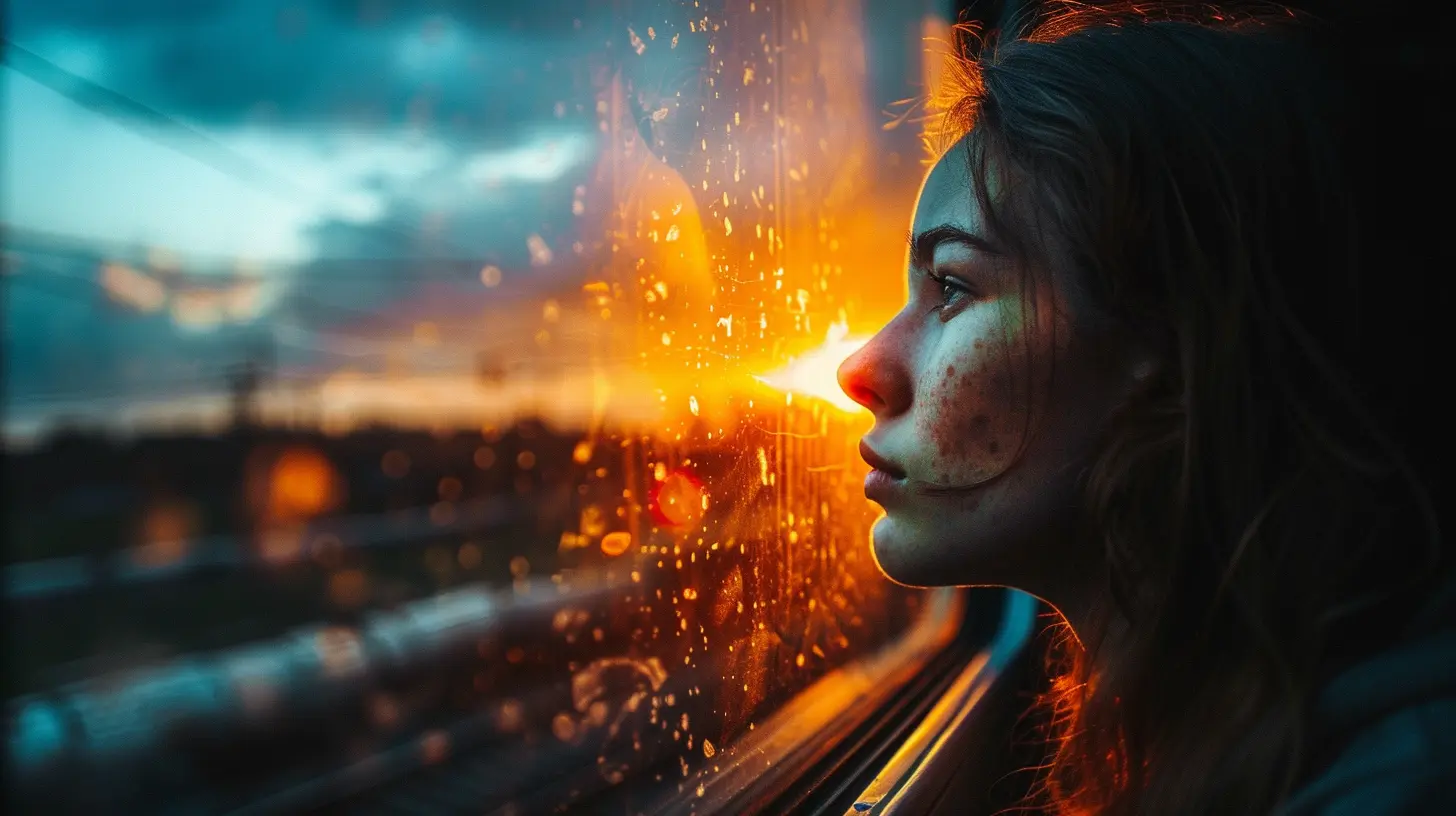
2. Capture the Golden Hour
Photography is all about light. Good lighting can make or break a shot. The absolute best time to shoot is during the golden hour — that magical time right after sunrise or just before sunset when the light is soft and warm.At these times, the sun is lower in the sky, casting long shadows and bathing everything in a flattering glow. Have you ever noticed how photos taken at high noon look harsh, with shadows that make everyone resemble a raccoon? That’s because the sun is directly overhead and creates unflattering, hard shadows. Golden hour, on the other hand, gives you that soft, dreamy light that adds tons of drama and warmth to your photos.
Quick Tip:
Check the local sunset and sunrise times for your destination in advance so you don’t miss out on this prime photography window. Set your alarm and be ready!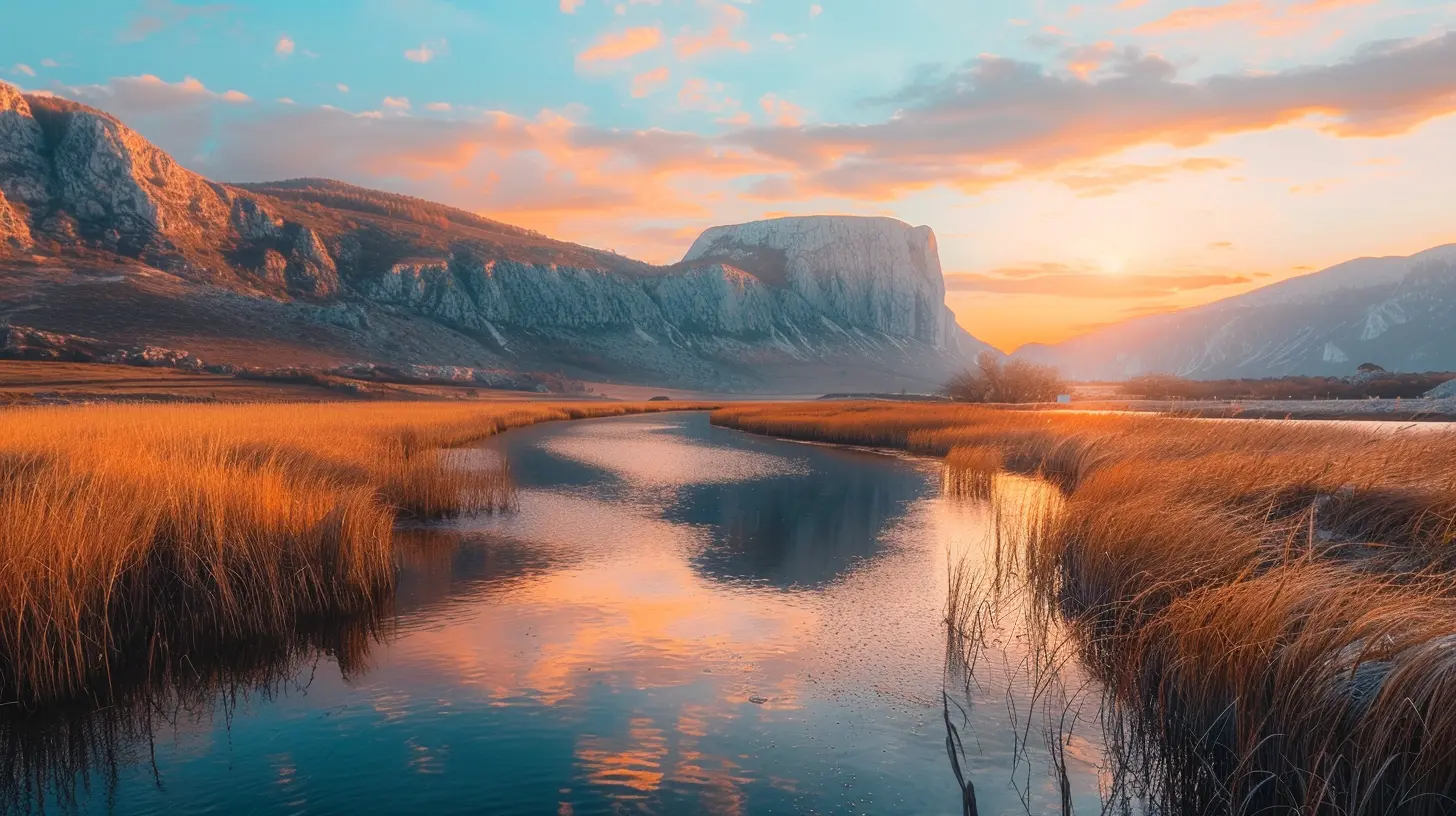
3. Tell a Story Through Your Photos
Great travel photography isn’t just about snapping pretty pictures — it’s about telling a story. Imagine your friend scrolling through your album. Rather than seeing a bunch of disconnected shots, wouldn’t it be more fun if they could follow along on a visual journey? Think of your photos like the chapters of a book, with each image adding to the narrative of your trip.Take a variety of close-ups, wide shots, and different angles to keep things interesting and dynamic. For example, if you’re at a bustling market, capture a close-up of colorful spices, a wide shot of the stalls, and maybe a laughing vendor in the middle of a transaction. This gives a fuller, richer sense of where you are — not just a single snapshot but an immersive experience.
Quick Tip:
Think about what you want people to feel when they see the photo. Do you want something to feel fun, adventurous, or peaceful? Let that emotion guide how you frame and capture your shot.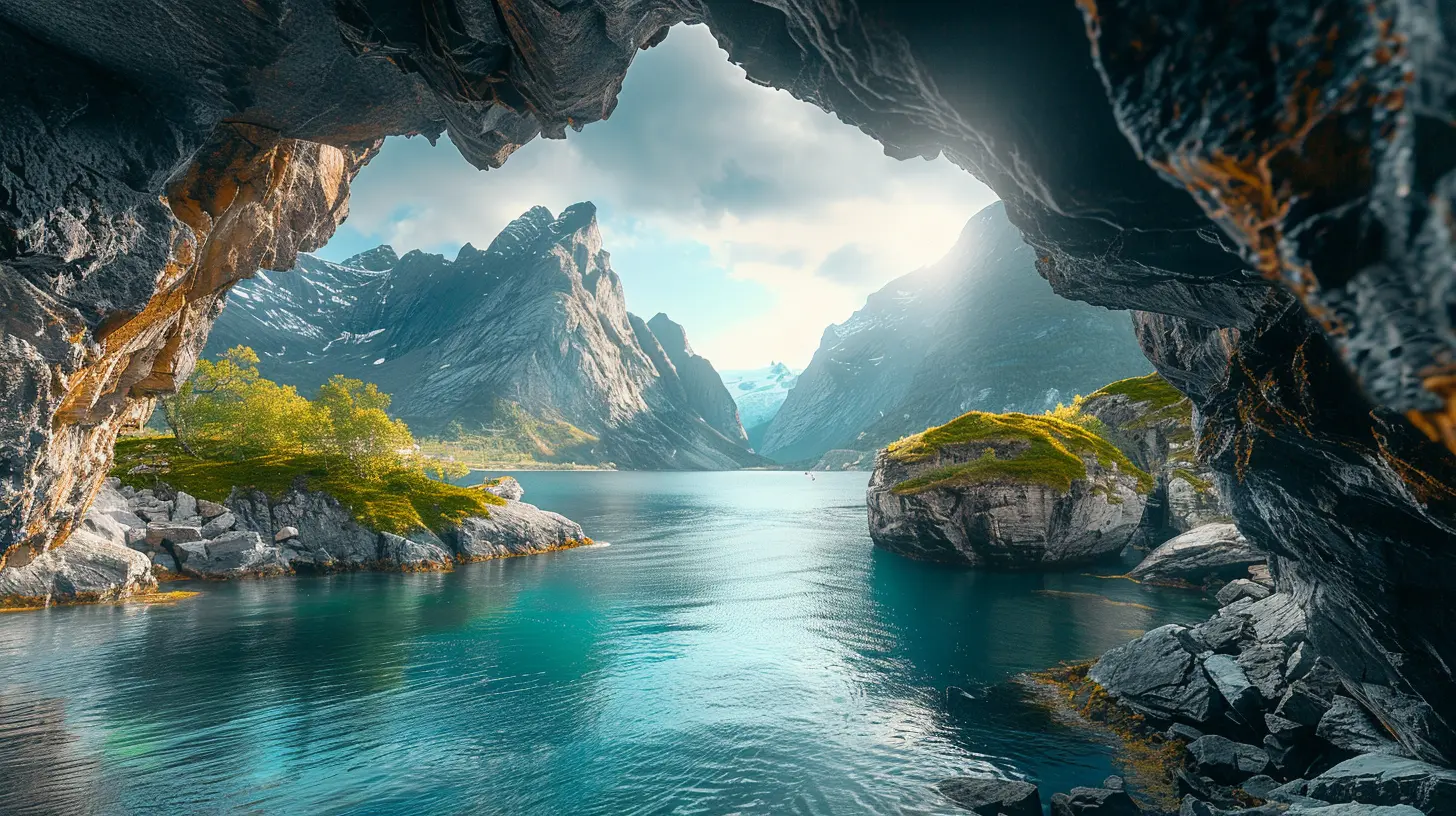
4. Play With Perspectives and Angles
If you’re shooting everything at eye level, you might be limiting yourself. The world looks entirely different from different heights and angles. Try shooting from unique perspectives for a fresh, eye-catching image!Instead of standing and pointing your camera straight ahead, get low to the ground and shoot up, especially when photographing tall landmarks or statues. Or climb up high on a lookout or rooftop to capture sweeping scenes from above. These different angles make everyday scenes far more interesting and can highlight aspects that others might miss.
Quick Tip:
Next time you’re photographing a famous monument or landscape, take a second to look around instead of following the crowd. Could you capture it from behind for a unique perspective? Or maybe from an angle where no one is standing?5. Focus on the Details
Big, sweeping landscapes are cool, but don’t overlook the little things. Sometimes, it’s the small details of a place that truly capture its essence. Whether it’s a street artist painting a mural, the texture of cobblestones underfoot, or a vibrant bunch of flowers, small details can make your travel photos come to life.If you’re in a crowded location and struggling to get a good overall shot, zoom in and focus on these intimate details. These kinds of photos often evoke much more feeling and give a sense of authenticity compared to generic wide-angle shots.
Quick Tip:
Set your camera or phone to portrait mode when focusing on details. That’ll blur the background slightly and make the subject pop!6. Incorporate Movement
There’s something magical about capturing movement in a still image. It adds a sense of life and energy to a photo, making it feel more dynamic. Whether it’s someone walking through the frame, a bird taking off, or a flag fluttering in the wind, movement can turn your ordinary travel moments into extraordinary shots.To capture movement effectively, try playing with your shutter speed. A slower shutter speed, for example, can give you those dreamy blurred effects you see in waterfall shots, where the water looks like silk.
Quick Tip:
If you’re shooting movement with your phone, use the burst mode and take a rapid series of photos. You can sort through them later to find the perfect moment!7. Leverage Leading Lines
Leading lines are an incredibly powerful tool for drawing the viewer’s eye into your photo. They’re lines (like roads, pathways, rivers, or even shadows) that guide the viewer’s gaze toward the main subject. This technique adds depth and perspective, making your photo more engaging.So, if you find yourself walking through a scenic path, don't just snap a pic straight on. Look for natural or man-made lines in the environment that you can use to lead toward your subject. A winding road, a line of trees, or even a stretch of ocean waves can work as leading lines to add depth and draw attention to the key elements of the photo.
Quick Tip:
Look for leading lines in architecture; bridges, staircases, and streets often provide great opportunities for this technique.8. Use Reflections to Add Dimension
Reflections create a stunning visual effect by adding dimension and symmetry to your photos. If you're wandering around a city after a rainstorm, puddles can become your best friend. Try capturing landmarks reflected in the still water on the ground. Similarly, lakes, rivers, and even windows can serve as reflective surfaces, offering a fresh take on an ordinary scene.Reflections don't just occur in landscapes — you can also capture reflections of people or other subjects within reflective surfaces like glass windows or mirrors, creating surreal and eye-catching compositions.
Quick Tip:
Experiment with reflections at different times of day — reflections during golden hour can be incredibly mesmerizing.9. Use Negative Space Wisely
Don’t be afraid of negative space. Negative space refers to the empty or open areas that surround your subject. Embracing this space can help highlight your main subject and create a sense of simplicity and minimalism in your photos.For instance, if you’re photographing someone standing in front of a massive, open desert, center them against the landscape with a lot of space around them. The vast emptiness will make them stand out more and evoke a feeling of freedom or solitude.
Quick Tip:
The sky often makes a great source of negative space. Whether it’s a clear sky or one dotted with clouds, it can provide a blank canvas that emphasizes the subject.10. Edit Smart, Not Excessively
Editing is the final step in taking your travel photography to the next level, but it’s important not to go overboard. An overly processed photo can look fake and distract from the beauty of your subject. Instead, aim for subtle enhancements that bring out the natural beauty of your shot.Use editing apps like Lightroom or Snapseed to adjust brightness, contrast, and saturation, but don’t go too heavy on filters. A little tweak here and there should be enough to make your photos pop without losing their authenticity.
Quick Tip:
If you’re unsure about your edits, take a break. Come back to the photo a few hours later or the next day with fresh eyes, and you’ll have a better perspective on whether the edits are too much.Final Thoughts
Turning ordinary travel moments into extraordinary shots isn’t about having the fanciest camera or being a pro photographer. It’s about seeing the world a little differently and using simple tricks to make your photos more engaging and thoughtful. By mastering the basics, like playing with light, perspective, and composition, you’ll be amazed at how much your photography improves.So next time you’re off exploring new places, put these tips into practice. I bet you’ll be capturing memories that not only remind you of where you’ve been but how those places felt. And, hey, isn't that what great photography is all about?


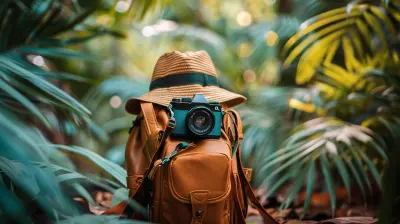


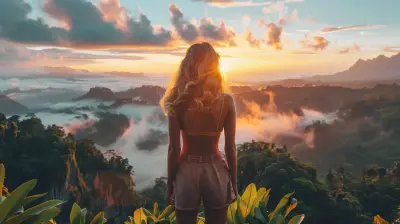



Khloe Harper
Love these tips! Elevating everyday moments through photography is magical!
February 1, 2025 at 5:25 AM